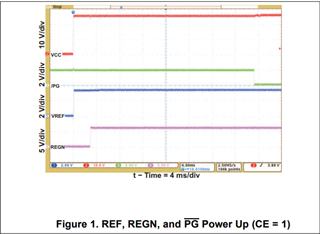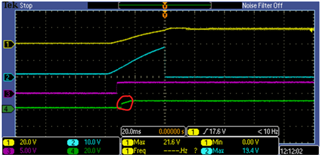Hello,
We are using the BQ24618 for a 4S charging application. The product has been on the market for some time now and we have not had any major issues with the design. In rare cases however, we have had some chargers whose BQ chip has failed after very little use.
As we are planning to incorporate the charger into a future product, any feedback on how the reliability of the current design can be improved is appreciated.
I am attaching the schematic and layout design.
Thank you!
Boris Yanchev






